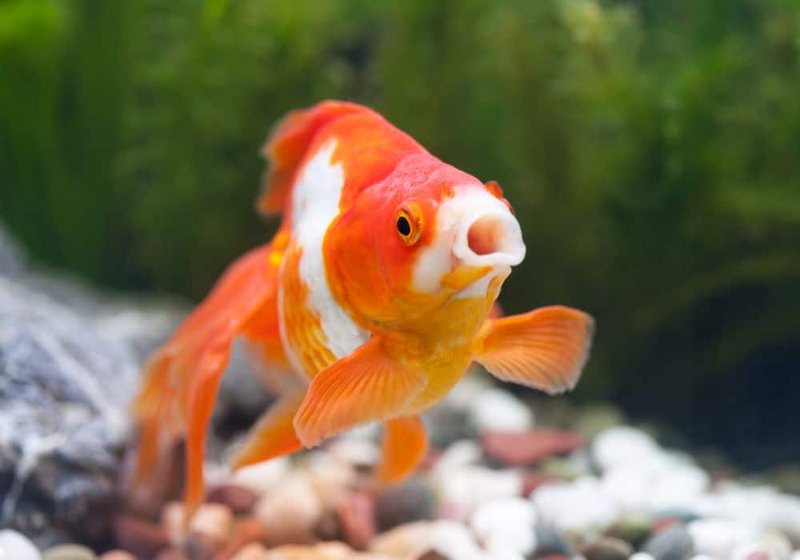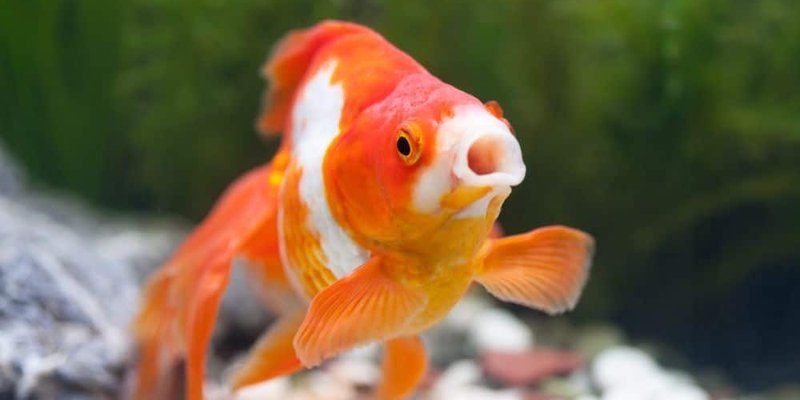
Goldfish are pretty unique creatures with specific dietary needs. Just like any pet, they thrive when given the proper nutrition. But here’s the catch—goldfish aren’t just bottom feeders that gobble up anything that comes their way. They require a balanced diet focusing on high-quality foods that meet their specific needs. So, let’s dive in and explore what these aquatic friends like to eat and how to create the best feeding schedule to keep them swimming happily.
Understanding Goldfish Diet
Goldfish, in general, are omnivores. This means they can eat a variety of foods, both plant and animal-based. However, not just any food will do. Think of it like this: if you were trying to eat healthy, would you rely solely on fast food? Probably not! Similarly, goldfish require a mix of high-quality flakes, pellets, vegetables, and sometimes even treats.
In their natural habitat, goldfish primarily feed on algae, small insects, and plant matter. This means their diet needs to mirror that of their wild cousins as closely as possible. Here are some key components of a balanced goldfish diet:
- Commercial Fish Food: High-quality flakes or pellets specifically designed for goldfish.
- Vegetables: Blanched peas, spinach, and zucchini can be great additions.
- Protein Sources: Freeze-dried bloodworms or brine shrimp can offer extra protein.
- Occasional Treats: Special treats like freeze-dried foods should be given sparingly.
Feeding Schedule for Goldfish
Now that you know what to feed them, you might be wondering how often you should be doing so. Just like scheduling meals in your day, goldfish benefit from having a set feeding schedule. Consistency can help keep them healthy and happy!
A common rule of thumb is to feed your goldfish two to three times a day. You may want to pick two meals and a light snack in between. The goal is to provide them enough food without overfeeding. Overfeeding can lead to serious health issues, such as swim bladder disease or excess waste buildup in the tank.
Here’s a simple feeding schedule:
- Morning: Feed a small amount of high-quality flakes or pellets.
- Afternoon: Offer a light snack of vegetables or freeze-dried treats.
- Evening: Feed another small serving of flakes or pellets.
Let me explain a bit more about portion sizes. The general guideline is to feed them what they can consume in about two to three minutes. This way, you’re ensuring that the food is eaten and not left to pollute their tank.
Choosing the Right Food
You might be thinking, “What kind of food is actually good for my goldfish?” There’s a wide range of options on the market, and it can be overwhelming. When choosing goldfish food, look for options that specify they are suitable for goldfish. Brands tend to vary, but always check the ingredients.
High-quality fish flakes or floating pellets usually make for a good staple. Many reputable brands offer specialized food that has essential vitamins and nutrients for goldfish. It’s a bit like choosing a quality meal prep service—you want something that covers all your bases!
Don’t forget about treats! Goldfish enjoy variety, so sprinkle in some freeze-dried foods or small chunks of vegetables here and there. Just make sure these treats don’t make up more than about 10% of their daily diet. Too much of a good thing can lead to health issues!
Common Mistakes in Goldfish Feeding
Even seasoned fish owners can make mistakes when it comes to feeding their goldfish. Here are some common pitfalls to avoid:
- Overfeeding: This can lead to tank pollution and health problems. Stick to the two-minute rule!
- Feeding inappropriately: Avoid foods that are high in fillers or artificial additives. Goldfish need real nutrition.
- Neglecting variety: A mix of food types keeps goldfish interested and healthy. Don’t rely solely on one type of food.
Another crucial aspect is to ensure that whatever food you choose is sinking or floating properly. Goldfish are often bottom feeders, so having food that sinks can give them the chance to eat naturally.
How to Introduce New Foods
Maybe you’ve decided to introduce some new foods to your goldfish’s diet! That’s awesome! But you don’t want to just throw new foods in and hope for the best. Goldfish can be a bit picky, so you’ll need to ease them into any changes gently.
Start by mixing a small amount of the new food in with their regular food. This way, they can get used to the new flavors and textures without feeling overwhelmed. Gradually increase the quantity of the new food over a week or two.
Keep an eye on your goldfish during this time. Look for signs that they are enjoying their new diet, like swimming zealously to the surface or nibbling happily. If they seem disinterested or if any health issues arise, it might be worth going back to their old favorites and consulting a vet.
Monitor Your Goldfish’s Health
Just like any pet, it’s important to keep an eye on your goldfish’s health. Their eating habits can tell you a lot about how they’re feeling. If you notice your goldfish is not eating, it could be a sign of stress or illness.
Here are some things to watch for:
- Eating habits: Are they eating regularly, or do they seem disinterested?
- Swim patterns: Do they swim normally, or are they floating awkwardly?
- Physical appearance: Check for changes in color or signs of distress.
Keeping your aquarium clean and testing water quality can also contribute to their health. Good water quality helps them digest food properly and be more active and playful.
Feeding goldfish might seem straightforward, but it’s filled with little nuances that can make a big difference. With the right food, a consistent feeding schedule, and attention to their eating habits, you can ensure they thrive in your care.
Remember, goldfish aren’t just pretty decorations in a tank; they’re living beings that rely on us for the right nutrition and a happy home. So, the next time you feed them, think of it as part of your bonding experience! You’re not just providing sustenance; you’re contributing to a vibrant life filled with color and joy. Happy feeding!

